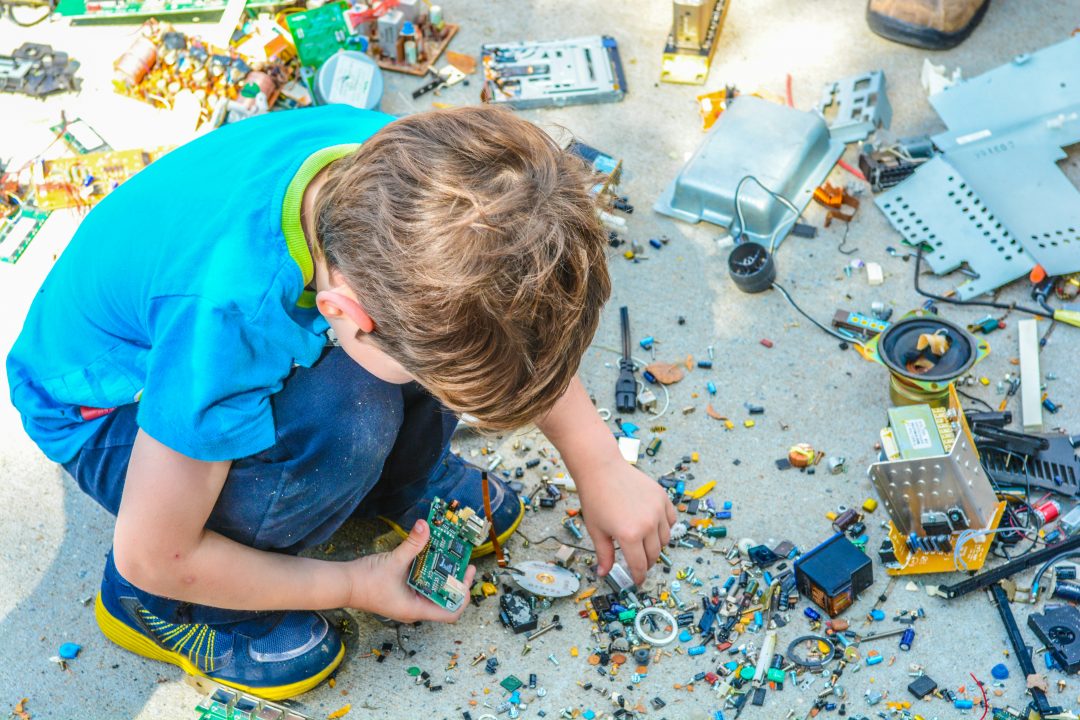
Smaller Bodies, Greater Impact
Children aren’t just smaller adults — their bodies function differently. Because of their higher breathing rate, faster metabolism, and developing organs, they absorb more pollutants per kilogram of body weight.
A 2023 study in Environmental Research found that infants can ingest up to 10 times more microplastics than adults, primarily through bottled water, baby formula, and household dust. Their detoxification systems are still maturing, which means plastic-derived chemicals like BPA and phthalates linger longer in their bloodstream and tissues.
Critical Windows of Development
Microplastics and associated additives act as endocrine disruptors, interfering with hormones that regulate growth and brain development.
In 2024, Frontiers in Endocrinology reported that prenatal and early-life exposure to microplastics may affect thyroid balance, immune maturation, and neurocognitive development.
Since nanoplastics can cross the placenta and blood–brain barrier, exposure during pregnancy or early childhood poses unique, long-term risks that are still being uncovered.
Protecting the Next Generation
Children’s vulnerability demands preventive action at the source — starting with clean water.
At Klar2O, our advanced filtration systems are designed to remove microplastics, nanoplastics, PFAS, and endocrine-disrupting compounds, providing true molecular-level protection.
Because protecting children’s health starts with protecting what they drink.
Discover more at klar2o.com